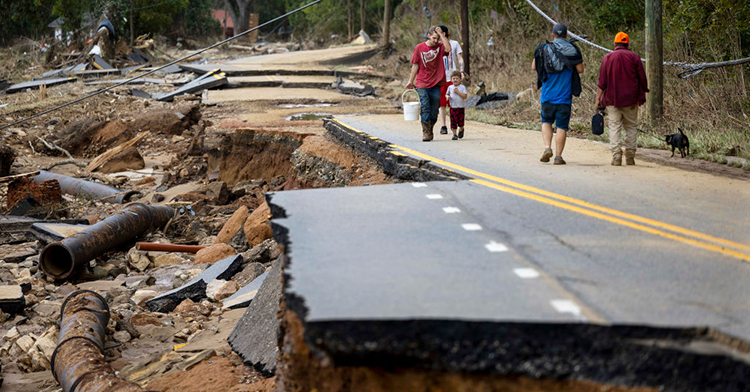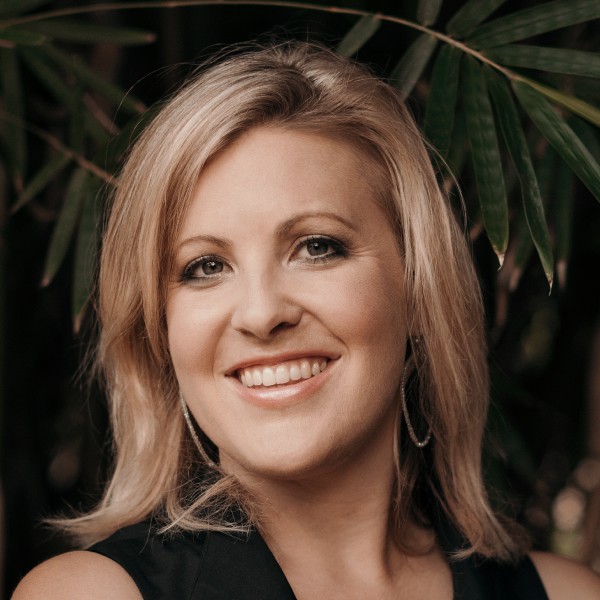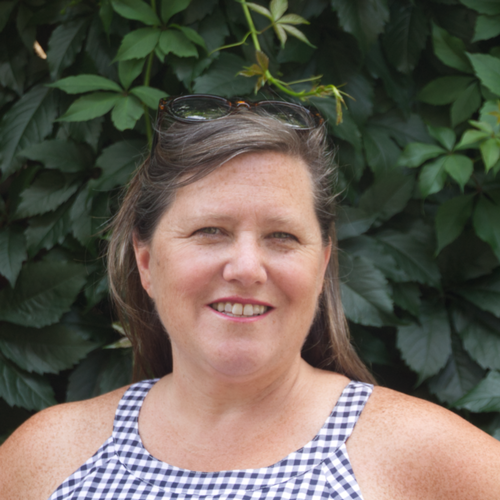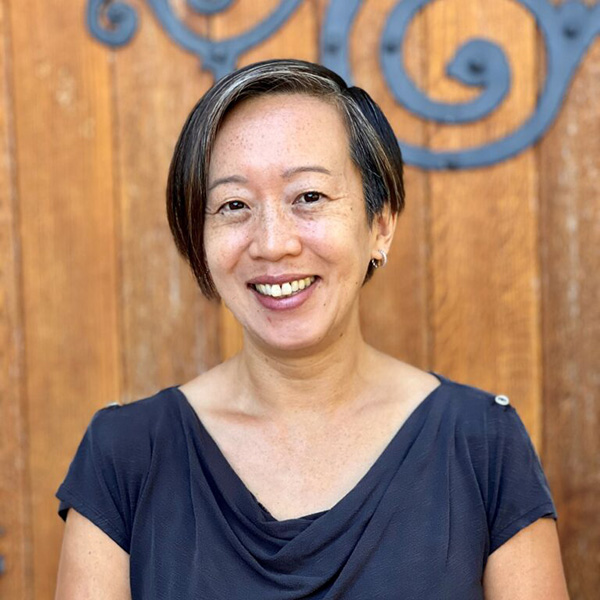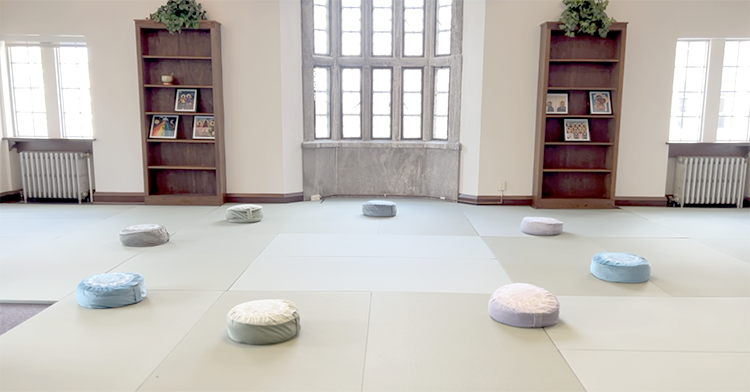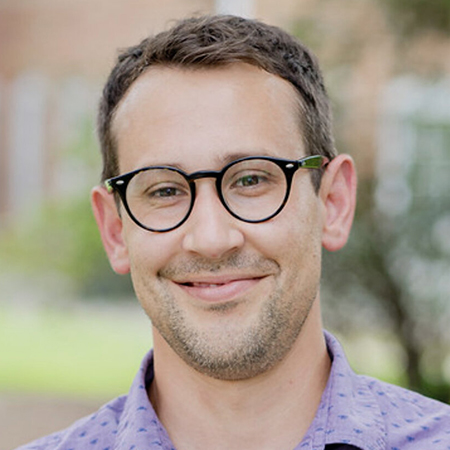It was raining hard in Valle Crucis, North Carolina, as the Rev. Robert Hartmans unloaded boxes and hauled furniture into the parsonage that would be home for the next year for him, his wife, their 5-week-old baby and 3-year-old son.
Rain continued as they unpacked and organized the house that sits just up the hill from the century-old stone sanctuary of the Church of the Holy Cross. In two days, the young Episcopal priest was scheduled to begin his interim pastorate.
About a mile away, the Rev. Michael Marcela was wrapping up his Wednesday administrative council meeting at Valle Crucis United Methodist Church.
“Before we left, we went ahead and moved the hymnals and Bibles and some of the pews up higher on the altar and tied up the picnic tables under the back shed,” said Marcela, a licensed local pastor. He had been serving as Valle Crucis UMC pastor for a year and a half and had been a member for some 15 years before that.
He’d been through this drill before. Prior to going into ministry, Marcela, who holds a doctorate in special education and administration, had served as exceptional children’s program director for Watauga County Schools for 13 years. But he had no idea how damaging the storm was going to become by Friday, Sept. 27 — the day Hurricane Helene hit western North Carolina.

The picturesque valley of red barns and meadows got its name — “Valley of the Cross” in Latin — because the Watauga River and the Upper Boone Fork and Wilson Creek mimic the shape of a cross where they converge in the bowl formed by the surrounding Blue Ridge mountains. Bowls, however, have a tendency to fill up.
“With any good rain, we get water coming in from the back side, flooding our parking area,” Marcela said. When the valley flooded in 1940, the historic white-frame sanctuary built in 1894 actually floated down the street and was hauled back and replaced on its foundation.
“We have a picture of that somewhere, but it’s upstairs, and we can’t get in to access it,” Marcela said, pointing to what is currently a fenced-off construction site. The small, steepled building is jacked up and sitting on a series of Jenga-like platforms while a new foundation is poured.
Unlike Hartmans, Marcela knew the weather forecast for Hurricane Helene would cause trouble. But little did either of them know that the next few days would be unlike anything the region had experienced before, or how the hurricane would entwine their two ministries.

Valle Crucis in crisis mode
Hurricane Helene’s 140 mph winds had dissipated by the time the storm crawled inland from Florida and washed into western North Carolina, but the record-breaking 30 inches of rain was unrelenting and falling on already saturated ground.
“Early in the afternoon, the water from the river on the front side overflooded and joined the water already coming in from the back. It was halfway up the church’s front door by 1 p.m.,” Marcela said.
Like many area residents, at the time of the flood he was stranded at his home 5 miles away due to downed trees and power lines and washed-out roadways.
In the following days and weeks, church members and volunteers from all over began the long cleanup process. They swept out mud and silt from the 18 inches of water in the church and removed waterlogged floorboards, many of them original, salvaging what they could.
“We had church upstairs that second Sunday after some of the roads had reopened,” Marcela said. He announced the service on Facebook, saying that “T-shirts, ball caps, muck boots are all okay. Showering not required.”
What are the challenges of your church’s physical location?
On a typical Sunday, Valle Crucis UMC has around 25 worshippers, with a membership base of around 45. His plan was to keep worshipping in the second floor “upper room” at least until winter.
Up the hill, the Church of the Holy Cross was physically undamaged, but Hartmans’ first days of ministry were chaos. Much of his time was spent driving to find cell coverage so he could check in with parishioners, most of whom he’d yet to meet, to assess needs and provide pastoral care. Many in the congregation of some 100 people had experienced property damage, but fortunately no loss of life, Hartmans said.
When not hunting for cell service, he was busy helping transform the adjacent Valle Crucis Conference Center, also owned by the Episcopal diocese and loosely affiliated with Holy Cross, into the community’s crisis response center.
“People came here to take showers. The conference center kitchen made hot meals for first responders and community members,” he said.
Is your church prepared to respond to a significant community crisis?
The church campus and conference center morphed into a distribution center for diapers, water, canned goods and other relief supplies that began pouring in from around the country.
“I spent all my time out and about, connecting with people. I didn’t even get into the actual sanctuary or my office until maybe three weeks in,” Hartmans said.
The flooding in Valle Crucis inundated the elementary and middle school and caused widespread property damage. The Mast Store Annex, a local landmark and popular tourist stop, lost $26,000 in inventory, and the county park was wiped out. Both are directly across the street from Valle Crucis UMC. Down the street, a new school building was already under construction, but the storm caused serious delays, leaving students and teachers with nowhere to go.
Margaret L. Love, executive director of the Valle Crucis Conference Center, ran the shelter and also used it as a guest because, like other residents, she had no power or water at home.
“I would say that the showers and hot meals were the most transformative. To be clean in a situation where everything was wrong and hard and broken, to put at least myself back together, was truly a gift,” she said.
Her children, then in third and seventh grades, were out of school 21 days. Love said her family was lucky in that their home and vehicles were undamaged. But there was grief.
“My daughter's deepest sadness about the sudden loss of their school was that no one was allowed back in to get anything. She is an artist and had to leave all of her art behind,” Love said.

“My first act as priest-in-charge was telling my vestry that we would be housing the Valle Crucis School,” said Hartmans, who welcomed the kindergarten and first grades into the church’s Sunday school classrooms, while older grades occupied the conference center.
“Last year, we had 120 children on our campus,” he said.
According to the priest and young father, hearing their laughter on the makeshift playground on the field below the church brought joy during many trying days.
Open door
School children weren’t the only ones Hartmans welcomed at Holy Cross. After several weeks of gathering on the second floor, mold and stench made the need to find alternate worship space more urgent for the congregation of Valle Crucis UMC. Though Marcela had not yet met Hartmans, his church did have a relationship with Holy Cross, having partnered with the Episcopal congregation to deliver meals for the county’s summer feeding program.
“I made a phone call, and within five minutes Holy Cross called back to say, ‘Absolutely, you have a home here,’” Marcela said.

Since that time one year ago, the Methodist hymnals salvaged by Marcela’s administrative council have been stored under the front left pew of Holy Cross’s century-old sanctuary, where gorgeous tiles made from rhododendron wood line the center aisle.
Every Sunday at 9 a.m., Marcela and his team haul them out and prepare for worship, then put them back after the service. He and Hartmans do a quick “tag, you’re it” switch, with the Episcopal service following at 11 a.m.
“It’s been pretty smooth,” Hartmans said. “Maybe once or twice Mike’s gotten carried away and the turn-over timing is tight,” he said, winking at his friend and colleague.
“Yeah, I can be long-winded,” Marcela said.
Their relationship has grown beyond being ecclesial housemates. The two pastors and their congregations have worshipped together on occasion, and this October they are collaborating on the Valle Country Fair, the county’s main fundraiser for community outreach, sponsored by Holy Cross.
What are the ecumenical and interfaith relationships your congregation has with others? How can you build on those or build more of them authentically?

“We can use more volunteers to direct parking,” Hartmans said to Marcela recently. “We’re on it,” Marcela replied.
The annual fair, held at the Apple Barn on the conference center property, draws hundreds of people and raises thousands of dollars to support missions like providing heating assistance for residents of Watauga, Ashe and Avery counties. After losing the revenue last year, when the storm canceled the fair, this year’s event is badly needed.
“During the hurricane and the weeks after, I would go to the church every day, but my congregation was out there digging people out. They were doing relief work and helping people. This has driven home that, yes, what we do during Sunday worship is vitally important, but it’s not nearly as important as what happens the other six days of the week,” Marcela said. “For me the biggest lesson from Helene is that the gospel is not within our four walls. The gospel is out in the world.”
The hurricane “helped us recognize what we are capable of doing as a church,” Hartmans said. “It’s about getting outside your walls, being more nimble.”
“Robert is right,” Marcela said. “It’s all about building relationships.”
The post-Helene relationship between these two pastors and their congregations has made them realize that despite different church polity and liturgies, they have more in common than not.

“I grew up Catholic, so after we did some cooperative services, I was like, ‘Yeah, this feels a little familiar,’” Marcela said about the Episcopal order of worship. On Christmas Eve, Marcela offered communion in the Methodist tradition after Hartmans preached.
“Holy Cross has been so gracious in allowing us to worship with them and share their facility,” said Valle Crucis UMC member and church treasurer Sonia Kelly. “They’ve made us feel at home while our congregation has been homeless.”
Kelly and her late husband joined Valle Crucis UMC in 2000, drawn to its family atmosphere. When her husband died recently, the church was her solace.
“It’s just such a precious church. We felt an immediate sense of belonging, that this is where we needed to be. Pastor Mike and the church have been there for me through thick and thin.”
And now Holy Cross has too.

The church’s one foundation
When Valle Crucis UMC began worshipping at Holy Cross in November 2024, everyone expected a short stay. The flood cleanup and mold remediation, however, turned into more than they expected once the floorboards and sheetrock were removed to reveal a foundation crack and rotted joists.
The congregation voted to raise the sanctuary an additional 3 to 4 feet, well above the flood plain, a decision that has meant engineering and permit delays and significant expense.
“I’m proud of our congregation for deciding to do it right,” said Marcela, noting this was possible only because of the support of Bishop Kenneth H. Carter Jr. and the Western North Carolina Conference. The conference is underwriting the $900,000 cost while a federal grant is pending.
According to Carter, that’s money well spent; he sees it as an investment in building community.

“When you visit Valle Crucis and see, physically, how the riverbeds have been redirected and how profoundly this community has been altered, it’s clear to me how important it is to rebuild this church. This isn’t symbolic,” he said.
“Valle Crucis is a real community, and we want and need to stay engaged there.”
Rural poverty is often hidden, he added, and small churches do heavy lifting in terms of outreach, whether through the summer feeding program that Valle Crucis UMC and Holy Cross partner on or in times of disaster response.
“It’s been wonderful to see these two churches work together," Carter said. When I’ve visited, you can tell people needed this sense of community so much. They’ve been through trauma, and the church is a place where we can talk about what’s happened to us and what it means to have our lives repaired.”
Additionally, he said, in many smaller, rural areas the church building is the only community space. In the case of Valle Crucis United Methodist, it’s also a prominent, historic community landmark.
“They may not be a large congregation in terms of people, but it’s one of the important community hubs,” he said.
What are your congregation’s heavy lifts?
Beyond the four walls
On the one-year anniversary of Helene, dump trunks and road-repair crews are still rumbling around the surrounding area. Like many buildings along the main drag, a shop next to Valle Crucis UMC, owned by a church member, remains vacated and likely won’t reopen.
The new Valle Crucis School was not yet ready for occupancy in August, so once again parents and carpoolers pull up every morning at the entrance to Holy Cross, and elementary students laden with backpacks hop out and scurry to class.
Things aren’t exactly back to normal, but they’re settling in.

Now that the Methodist church has been lifted up, literally and figuratively, Marcela anticipates some changes once his congregation is able to return to their home sanctuary.
“Now that our church has been so visually the center of the rebuilding effort, we can’t go back to being what we were before,” he said.
He looks forward to doing more outreach work than Valle Crucis UMC had been doing before the hurricane, “following the example of our friends at Holy Cross.”
Marcela anticipates turning a room into a food and clothing pantry, among other efforts “to be more outward oriented, not just a little country church.”
To mark the hurricane anniversary, Carter and the Western North Carolina Conference will be taking up a collection for rebuilding Valle Crucis UMC and nearby Old Fort UMC. Marcela and his congregation plan to host a luncheon for the volunteers who helped them clean out the mud and demo the damage.
“What I’m looking forward to is our rededication Sunday when we reopen. To me, that’s more important to celebrate than the date of the storm,” Marcela said.
How has your church learned from difficult times? How have they shaped your mission and work?

When that might be remains to be seen, but Marcela, who moonlights as Santa Claus at the local amusement park called Tweetsie Railroad, has a long-shot hope that it will be Christmas, though he’ll likely have to pull some St. Nick strings to make that happen.
“It’s been frustrating, with delay after delay, but now things are beginning to move quickly,” he said.
With his interim term soon ending and Holy Cross’s vestry in full search mode, Hartmans doesn’t yet know what his next post will be, but he knows he will return for the Valle Crucis UMC rededication.
“Everybody knows Pastor Mike — he’s beloved. And I’m grateful that he’s become my colleague and friend,” Hartmans said. “I’ve watched him take on this love of the community and bring the community forward. He’s a beacon for the gospel. That’s what I plan to take with me wherever I am called to next.”
Questions to consider
- What are the challenges of your church’s physical location?
- Is your church prepared to respond to a significant community crisis?
- What are the ecumenical and interfaith relationships your congregation has with others? How can you build on those or build more of them authentically?
- What are your congregation’s heavy lifts?
- How has your church learned from difficult times? How have they shaped your mission and work?




